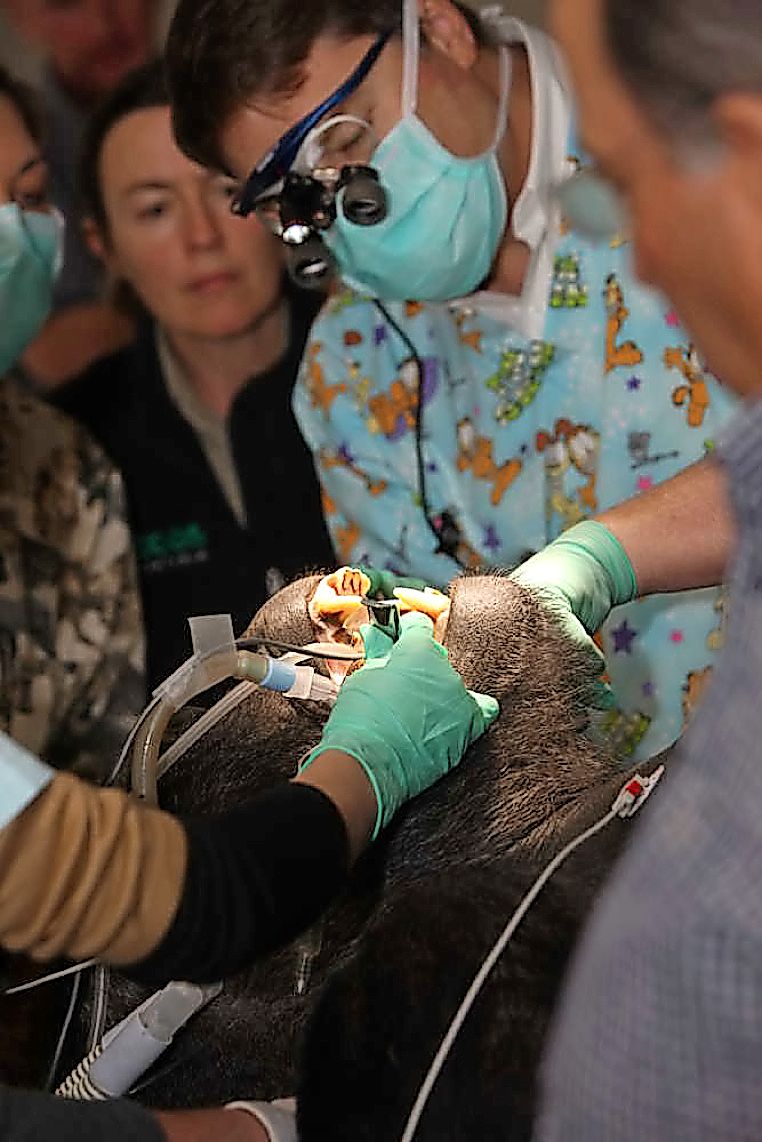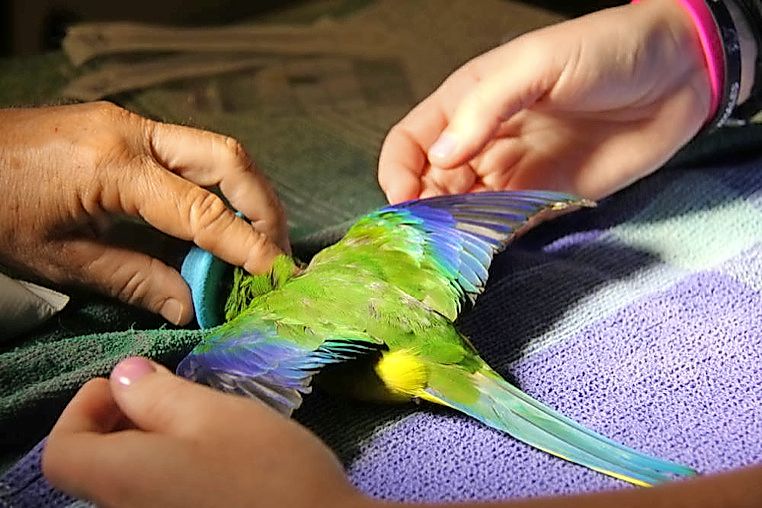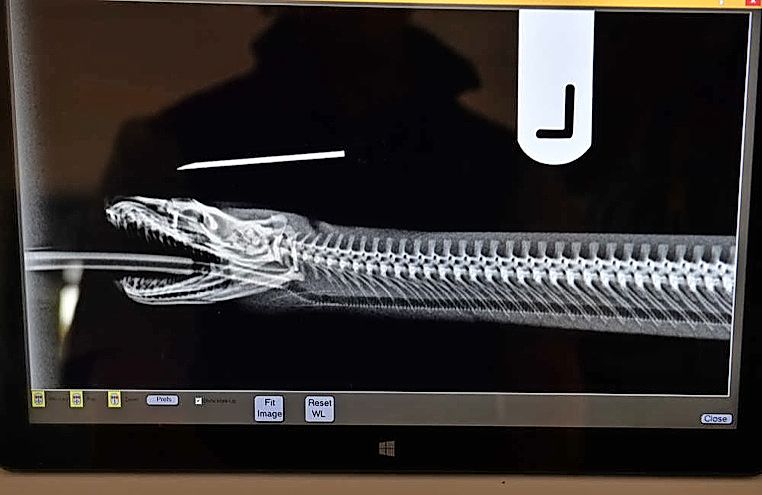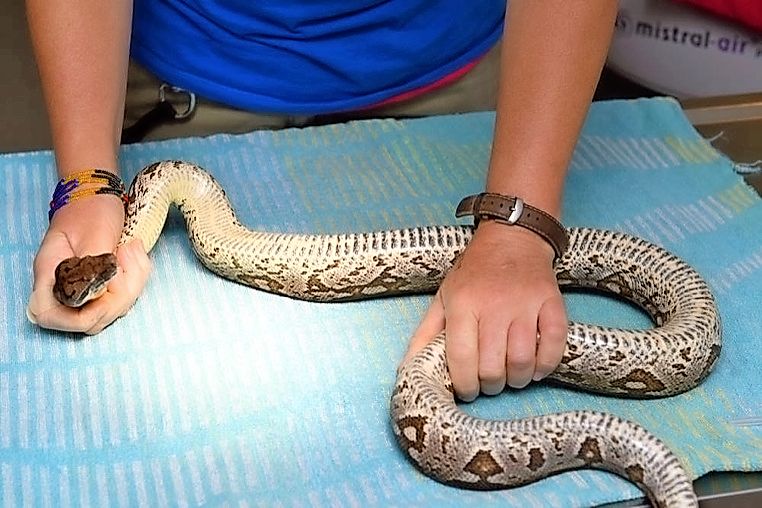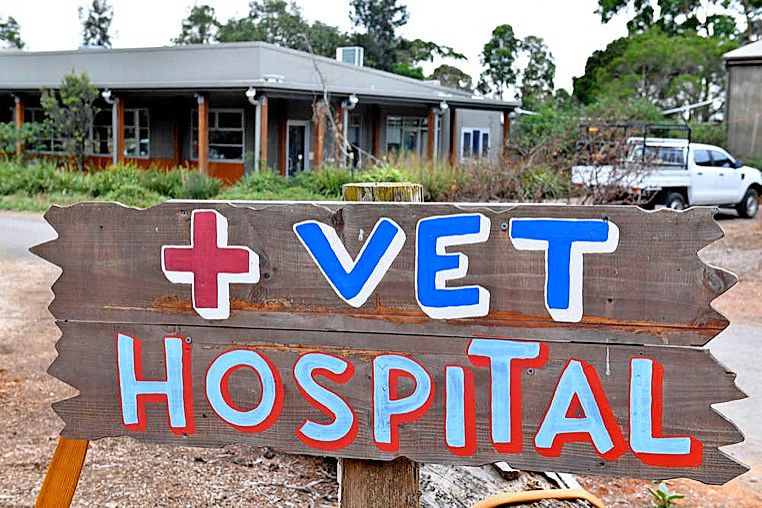It’s the kind of vet hospital that caters for everything from tiny birds and marsupials to a two-tonne rhinoceros, gorillas and herds of zebra.
Werribee Open Range Zoo’s vet hospital has three vets and three vet nurses, who work out of purpose-built rooms that include a large procedure room, its own pathology lab, and three wards for animals to convalesce after a procedure.
There’s even a food preparation area with flavour kits, which are used to make medicines more palatable … did you know bread and jam is a popular flavour combination for monkeys?
Gorillas, cheetahs and even camels have had health and dental checks and surgeries at the vet hospital, while some of the more sizable and hard to move animals – such as lions – are treated out in the field.

On the day Star Weekly visits, a nine-year-old Madagascan boa constrictor called Westy is in for a routine check.
Westy is one of six boas to reside at the zoo, and all have to undergo a vet check every three to four years.
Vet Paul Eden said boas like Westy shed the outer layer of their skin in one piece, including the special scales over their eyes – dubbed “spectacles” – so check-ups are timed after this has occurred to ensure each snake’s skin comes off properly.
“Particularly because these snakes are used regularly for handling, we want to make sure that they’re in good health, and we’re not causing them any undue harm,” he said.
Dr Eden first tries to knock Westy out with an injectable anaesthetic, but it doesn’t take … so Westy instead has a tube inserted into his airway to let the anaesthetic work its magic.
Once he’s under, Dr Eden performs a series of X-rays on Westy, takes a blood sample, checks his teeth and eyes, monitors his heartbeat and feels for any unusual lumps or bumps. This is tougher than you might imagine.
“Because they don’t have any limbs, they don’t have any external signs to indicate where the organs are,” Dr Eden said.
“Trying to find them is trickier than if you were checking a dog or a cat.”

Westy is covered by a heated blanket throughout the procedure to help regulate his core temperature, and nurse Pip Will breathes for him through a breathing bag.
“Reptiles don’t breathe well under anaesthesia, and if they don’t breathe, they start waking up on us,” Dr Eden explains.
After Westy is thoroughly checked out and has received his clean bill of health, he is weaned off the anaesthetic.
Then he’s put into his carry bag and he’s off back to his enclosure and the other boas.


